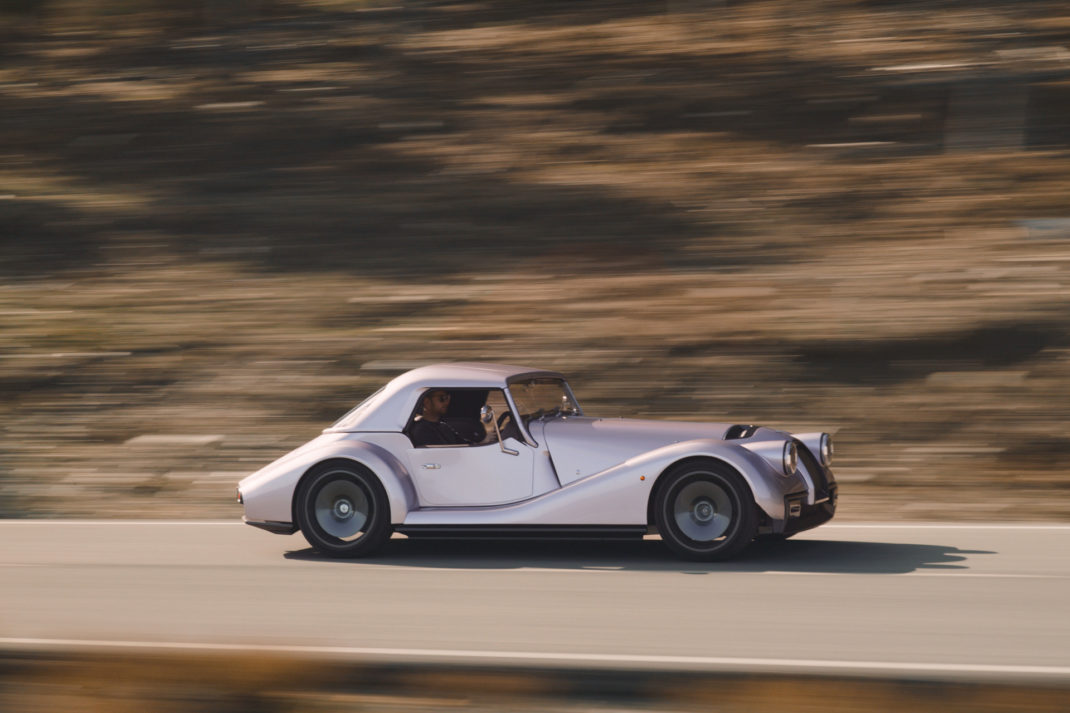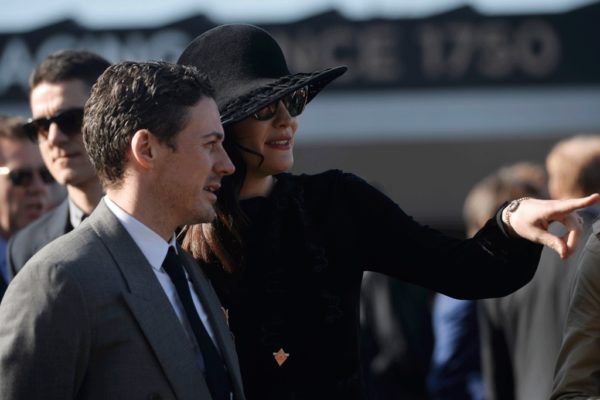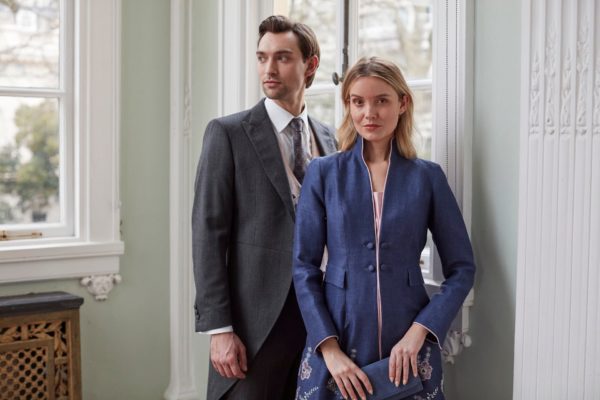Here’s Why Today Isn’t St George’s Day
By
6 months ago
England's Patron Saint day has shifted for 2025 – here's why

St Patrick’s Day? We know it well. St George’s Day? Not so much. You’ve definitely heard of it, but have you ever celebrated it? From wearing flowers to eating pies, there are plenty of ways to get involved. Here’s exactly why we celebrate our patron saint, plus why we will be celebrating a little later this year.
What Is The History Behind St George’s Day?
St George’s Day has been celebrated in England since 1350, when King Edward III made George the patron saint of the nation with the creation of the Order of the Garter. Inspired by Arthurian legends and the Knights of the Round Table, Edward III established this group of knights to inspire chivalry and honour, all inspired by the valour of St George himself. It wasn’t until Henry VIII’s reign, however, that the St George’s cross became the English flag.
Before then, St George’s feast day was also celebrated with vigour thanks to his chivalric associations and the legends connecting him with slaying a dragon. But by the 1400s, St George’s Day was a national holiday on par with Christmas in terms of scale of celebrations. Following the union with Scotland in the late 18th century, however, the popularity of celebrations waned. That said, appointments to the Order of the Garter are still announced every year on 23 April at St. George’s Chapel in Windsor, with the King selecting up to 24 Knights and Ladies Companion (at present, there are 18, spanning former Prime Ministers to Olympic gold medallists; the youngest member is 67 years old).

Victorian stained glass window showing Saint George with his defeated dragon.
Who Was St George?
St George was a Christian Roman officer living in the 300s. He is thought to have been born in Cappadocia (modern day Turkey) and to have died in Lydda (modern day Israel), slain as part of the Diocletianic Persecution. Because he died for his Christian faith, St George is a martyr, and was later made a saint. Contrary to popular belief, St George was never an English knight and probably never killed a dragon (sorry). Instead, we have inherited his figure to represent valour, honour and chivalry.
What Date Is St George’s Day?
St George’s Day takes place on 23 April every year. However, when this date falls too close to Easter, religious observance of the day changes – and that’s the case in 2025. This year, St George’s Day will be religiously observed on Monday 28 April to avoid the saint’s day taking place immediately after Easter.
The 23 April is believed to be the day St George died during the Diocletianic Persecution in the year 303. Coincidentally, it’s also the date William Shakespeare died, and he was born around a similar time of the year, too.

15th-century painting of St. George Conquering the Dragon. National Gallery of Art, Washington, D.C.
Traditional St George’s Day Celebrations
Traditional celebrations include:
- Wearing a red rose
- Flying the St George’s cross
- Church services, often including the hymn ‘Jerusalem’ by William Blake
- Parades
- Morris dancing
- Enjoying traditional food like Shepherd’s Pie, Yorkshire puddings and fish cakes
- Reading the work of famous English authors like Jane Austen, Charles Dickens and William Shakespeare
- Visiting historic sites, from stately homes to castles to ye olde pubs

Getty Images
Why Do We Celebrate?
We celebrate St George’s Day because he is the patron saint of England and to honour the brave man’s legacy. That said, the scale of celebrations has decreased massively in the UK over time. Elsewhere, George is also the patron saint of Venice, Genoa, Portugal, Ethiopia and Catalonia.



























